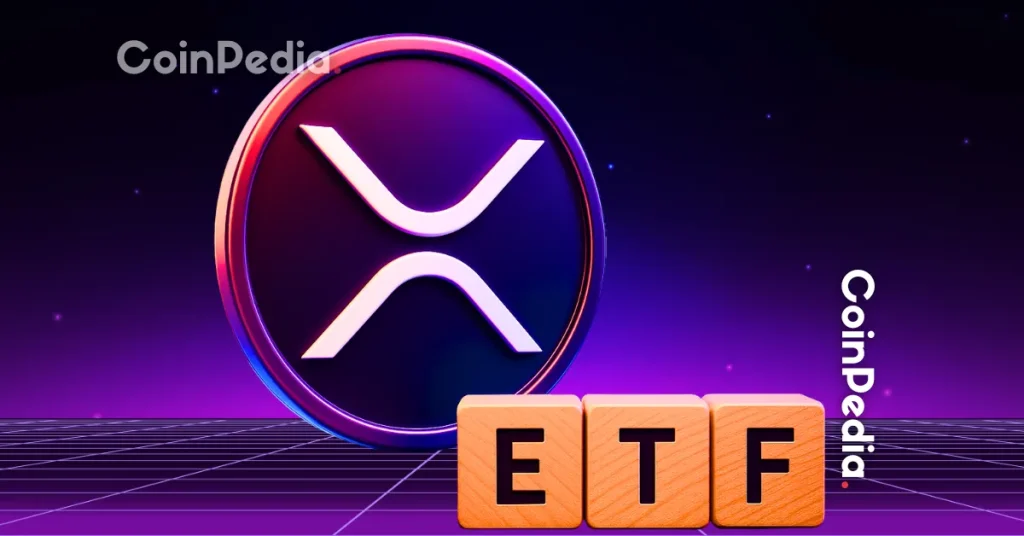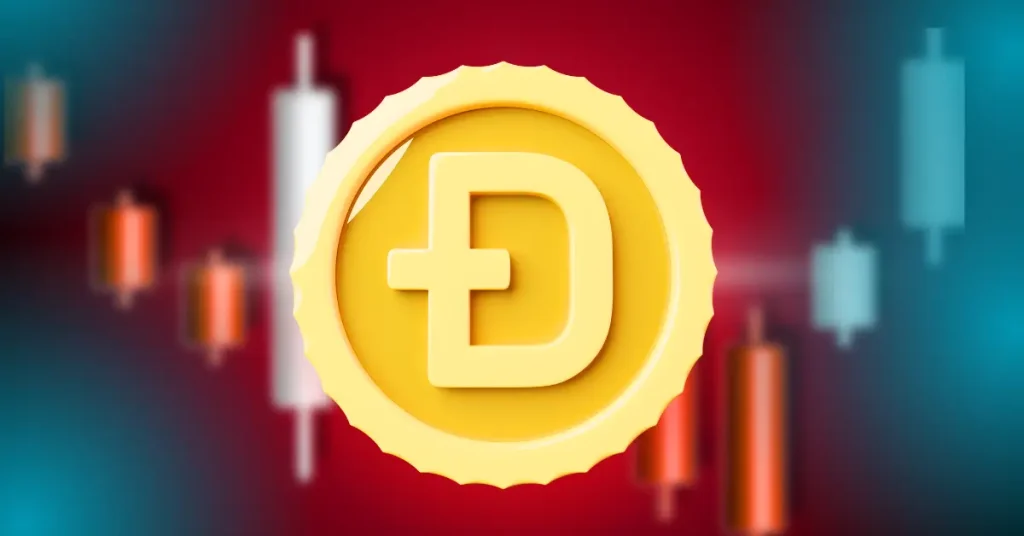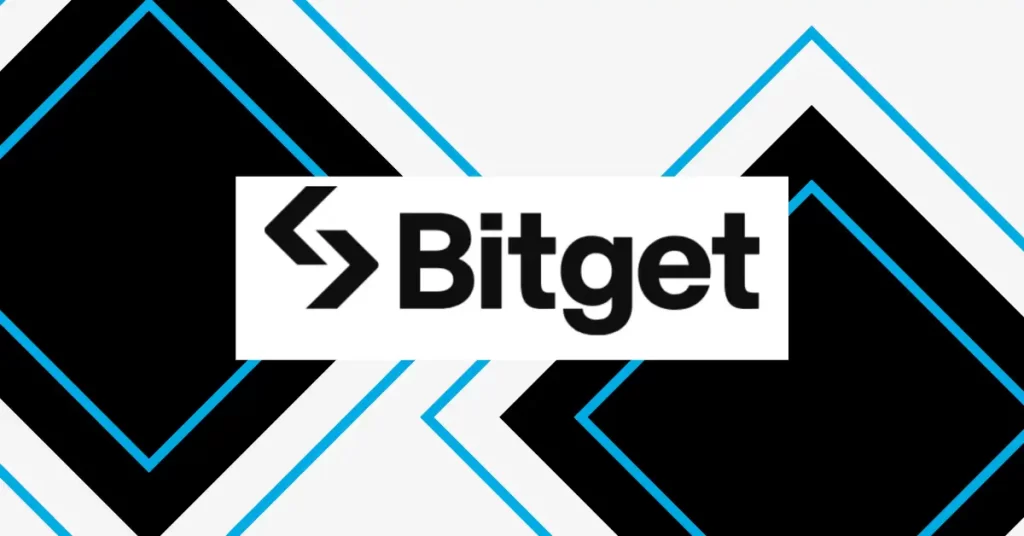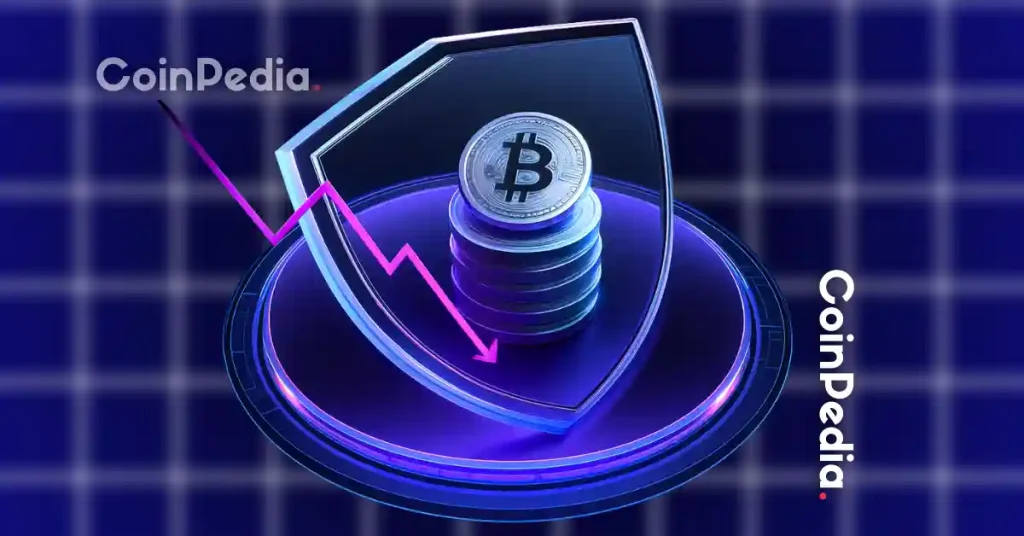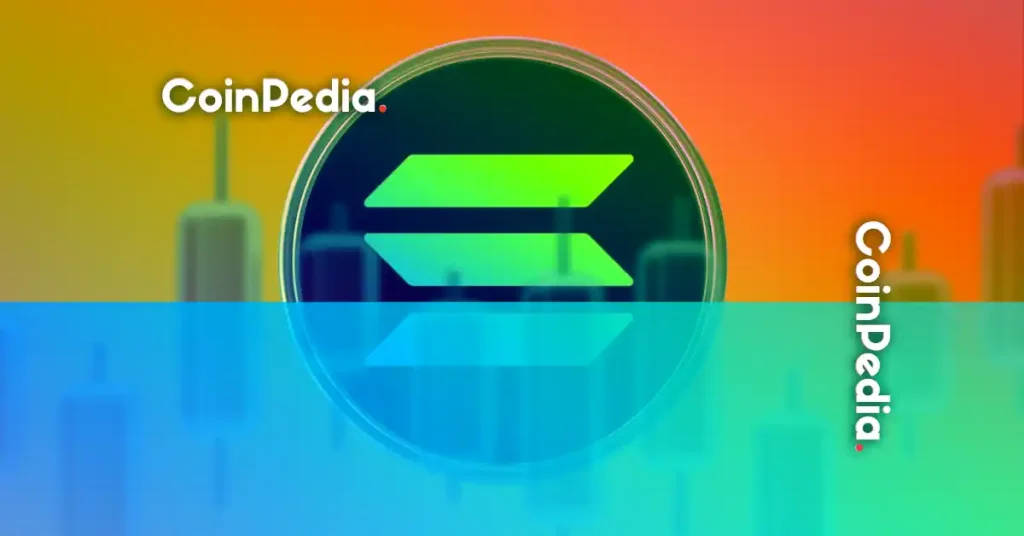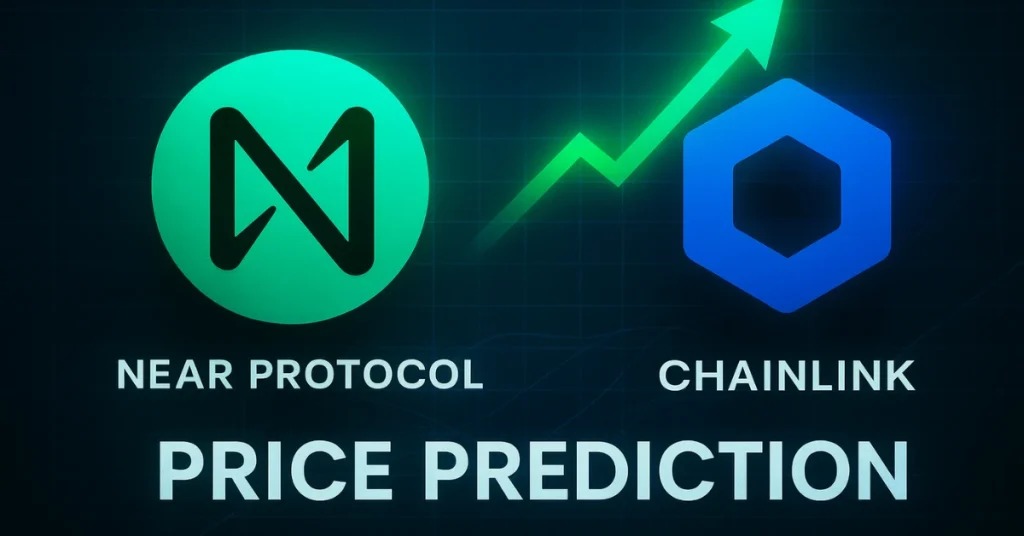14 Most Profitable Proof Of Stake (POS) Cryptocurrencies
Let’s talk about popular proof of stake cryptocurrencies today…
And I know one more important question that might cross your mind would be:-Why proof of stake cryptocurrencies? Why should one know them? What’s so special about them?
So to answer such questions let’s get started…
Proof of stake (aka POS) cryptos have many technical benefits but apart from that some proof of stake cryptos also give different economic benefits/dividends to their HODLers by giving them the option of running a masternode or staking their coins in a stake-able wallet.
To simply put into perspective i.e you can earn by just holding many POS cryptocurrencies.
This provides dual benefits of securing the blockchain network as well as creating an opportunity for users to get incentives or dividends on their holdings.
I have already written in detail about the distributed proof of stake (POS) cryptocurrencies and their consensus mechanism in my previous article which you can read here.
But for the newcomers, let me explain what distributed consensus and POS is:
Distributed consensus simply means a large pool of people who are geographically segregated agreeing on something. In cryptocurrencies like Bitcoin, ‘something’ here means agreeing on which transactions or blocks are valid and which are invalid to be added/rejected to the blockchain.
AND
Proof of stake is a typical computer algorithm through which some cryptocurrencies achieve their distributed consensus. It is also a better alternative to the proof of work algorithm by achieving the same distributed consensus at a lower cost and in a more energy efficient way. (For more details on POS vs POW read here)
So if you are holding any such POS cryptocurrencies, then I think you should know how to start earning dividends by staking them in the right wallets.
And if you are not holding any such POS currencies, then you should start looking into them, as they can be an excellent source of smart passive income.
Update: June 2021
Binance which is the world’s biggest cryptocurrency exchange has added a staking feature which in my opinion is the best way to find profitable proof of stake coins. However, you should know that staking returns offered by exchanges are less than direct staking. The benefit is, you can redeem quickly and you don’t have to dabble with tech know-how.
Here is how to access it:
- Login to your Binance account or create one if you don’t have
- Click on Earn > Stake

Here you will see a list of supported proof of stake coins along with the Estimated Annual yield and minimum holdings required. You can click on Deposit and start staking these POS coins.
As technology is evolving, this has become one of the easiest and fastest ways to stake coins and earn profit.
For starters, here is a list of the best POS cryptocurrencies…
Top 14 Profitable Proof Of Stake Cryptos
1. ETH 2.0 (5-7%)
Ethereum is not the most profitable yet most popular proof of stake coin.
Ethereum network is the most used and in-demand blockchain network at the moment. More than 2800 Decentralized Applications are built on it, which are clogging the network, and there is an urgent need to scale it.
Ethereum is currently a Proof of Work (PoW) network, and to solve its scalability issues, it is scheduled for its next big update, i.e., Ethereum 2.0, which would convert it into a Proof of Stake network. This would optimally scale and secure the network and allow building more innovative Decentralized Applications.
ETH (Ether) is the native token of the Ethereum Network. Although the final merge of Ethereum 2.0 is yet to happen, the Beacon Chain of the Ethereum 2.0 was launched in December 2020, and ETH holders can stake their tokens on the network.
You can stake your ETH directly on the network by becoming a node operator. For this, you need 32ETH or more and should have the technical capabilities to run a node on the network. The problem with this is that there is a long waiting list for prospective node operators. Further, the staked ETH cannot be unstacked till the Ethereum 2.0 merge is complete.
The easier way is to stake your ETH with staking service providers who have their node operators and take a portion of your staking rewards as a fee. Some service providers also allow you flexible staking, which means that you can unstake your funds anytime.
Hence, there are predominantly three ways to Stake your ETH
- Become a node operator on the network
- Use a centralized Ethereum staking service providers such as Coinbase, Kraken, and Binance
- Use a decentralized staking service provider such as Lido Finance
Please note that choosing the right staking platform is necessary for the following reasons:
- If a node operator misbehaves in any way, then a part of ETH staked by him would be confiscated by the network. This is known as Slashing Penalties.
- The node operators would transfer these penalties to you. Some service providers, such as Lido Finance, have insurance against slashing penalties.
- Centralized staking services are custodial, i.e., these platforms have full custody of your funds. This means that if there is a hack on the platform, you may lose all your funds.
- Decentralized staking services are built on smart contracts and are therefore prone to smart-contract hacks.
- Some staking platforms have a lock-in period after unstaking before these funds are available to you.
So, you can choose any staking service that suits you. For beginners, Centralized staking services are suggested as they are pretty easy to use. However, I use Lido Finance for staking my ETH as it is decentralized, safe, and provides benefits mentioned in the following video.
2. BNB (Up to 30%)
BNB is the native coin of popular exchange Binance. There are multiple ways by which you can stake BNB coin and earn up to 30% or more by staking alone.
The most popular way is by using BNB Vault which is available inside Binance exchange. You can find the BNB vault staking page directly here.

Another way to stake BNB is by using the Trust wallet, which is a popular mobile wallet. Though I’m not a huge fan of it, as the security of the mobile wallets is not rock-solid in comparison with hardware wallets. However, if you understand the risk and reward of a mobile wallet, you can use the Trust wallet to stake your coin.
Here is a video that explains what staking is, and how to stake BNB token on Trust wallet:
BNB token is available on multiple exchanges, some of the most popular websites to get BNB tokens are:
- Binance
- WazirX (For Indian netizens)
- Binance.us (For USA citizens)
- FTX
3. Flow Token
Flow is an independent Layer 1 blockchain for games and NFT. You can stake Flow token using 3 methods, and I have highlighted them in the video below:
You can get Flow token on:
- Kraken
- MXC
- HOO
4. Akash Network (AKT token)
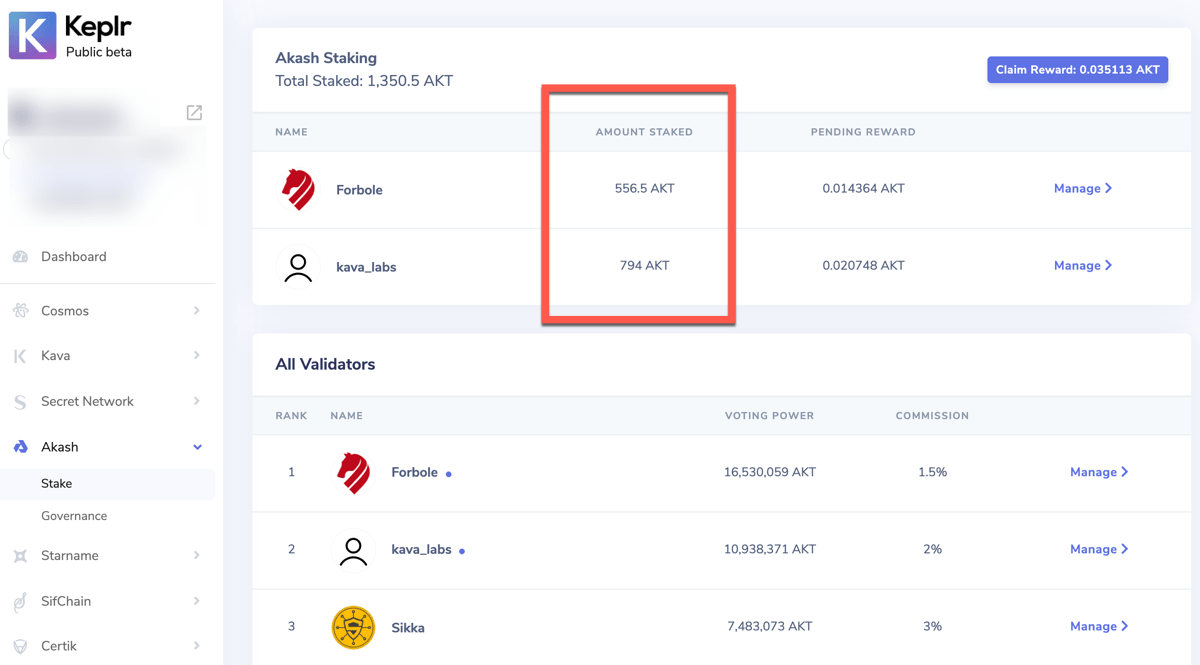
Akash Network is a proof-of-stake chain, built on Cosmos Hub, that leverages Akash Token (AKT), a native utility token, to govern, secure the blockchain, and provide a store and exchange of value. You can stake Akash (AKT) token to earn up to 58% APR. Unlike other proof of stake tokens, this offers one of the highest staking rewards.
You can use the Keplr wallet to stake your AKT token. You can get AKT token from:
- AscendEX (Bitmax)
- Gate.io
5. Raydium (RAY)

Raydium is an automated market maker on Solana platforms, which boasts high TPS and fast settlement. You can participate in Ray staking on the Raydium platform to earn close to 50% APR.
You need a Solana wallet like Phantom to access the Raydium platform. The best part, you can also use the Phantom wallet with your Ledger wallet for enhanced security. If you ever tried staking, you would find Raydium staking to be a seamless experience.
Ray Token can be purchased on the following high-quality exchanges:
- FTX Exchange
- MXC Exchange
However, I recommend you to buy Ray token on FTX, as it offers Solana blockchain withdrawal address.
6. Tezos
Tezos is a multi purpose blockchain with on-chain governance. By Staking (Baking) Tezoz (XTZ), you will be able to earn passive income.
Tezos is also the first proof of stake cryptocurrency that is supported by all major exchanges for staking. In fact, it is seen as a paradigm shift that now exchanges are offering crypto staking lately.
Tezos can be staked easily using any of the below-mentioned methods:
| Wallet/Exchange | Tezos Staking Fees |
| Binance *Recommended* | Zero fees |
| CoinBase | 25% |
| Gate.io | 33% |
| Atomic Wallet | NA |
The easiest way for staking Tezos is by using Binance. They are the only one that offers zero fees staking and all you need to do is, just hold the coin in your Binance wallet. It is perfect for traders and investors.
- Ticker Symbol – XTZ
- Annual Return – Approx 6.8%
- Staking Wallet – Binance or Atomic Wallet
You can get Tezos (XTZ) from Binance (Global) or CoinBase (USA).
7. Decentral Games ($DG)

$DG is an ERC20 governance token awarded to community members who provide value to the decentral.games ecosystem, such as playing games, providing liquidity, participating in governance, and referring new players. There will never be more than 1 million $DG.
At the time of writing this resource, you can earn up to 32% APY by staking $DG.
- Buy DG token on Hoo
- Staking page
8. NOW
NOW token is a native cryptocurrency of an instant crypto exchange ChangeNOW. It was issued in 2018 and serves as an internal currency on NOW products. The token was issued as an ERC20 token, but now it also exists on Binance Chain (BEP2 Standard). In 2020 it has introduced NOW Staking as a way of profit from holding NOW tokens.
NOW Staking offers up to 25% in yearly interest, making it one of the tokens with the highest expected return.
There is a progressive reward scale in place, meaning that it gradually increases with time. If you hold NOW token for a week – you’ll get a 5% reward after a month it increases to 10% and reaches 25% in a year. ChangeNOW has an informative reward calculator to approximate your profits during a staking period.

The minimal amount of NOW tokens to begin staking is 10 NOW, and after one week, the reward starts to build up. The user needs to send the ‘Freeze’ transaction to the network, and from the moment it goes through, the staking is on. This can be done with special tools, like Token Freezer by BEPTOOLS, or with a wallet with such functionality, like Guarda.
The percentage of rewards is calculated and granted to stakeholders every week. To protect participants from whales, the maximal stake is limited to 100,000 NOW. However, if you have less than 100,000 and want to add more tokens, you can do so without resetting your accumulated reward multiplier. To balance out the inflation, after every 1,500,000 NOW distributed the token reward halving occurs, reducing inflation and increasing demand.
9. DASH

DASH is a popular cryptocurrency known as digital cash. It is one of the pioneer cryptos to implement a proof of stake consensus mechanism.
Dash is unique crypto built upon Bitcoin’s core with additional privacy and quick transaction features such as PrivateSend and InstantSend. It advocates itself as peer-to-peer decentralized electronic cash and intends to be as liquid as real cash which we use in our respective countries like USD/GBP/EUR/INR or CNY. (To know more about DASH, read our detailed guide here.)
DASH also allows its HODLers to earn dividends in the form of DASH by running a masternode. But the catch is that you need a minimum of 1000 DASH units to run a masternode and at the time writing one unit of DASH is approx $300 in price.
So if you want to make an investment of $ 300,000 (i.e. 1000 units * $300) to get an annual return of 7.5% plus the price appreciation reward of DASH over time then this is the best way forward because DASH is promising crypto to HODL. And what is better than earning even on your HODLings.
Also if you were an early adopter of DASH and have a significant amount of DASH units then you should definitely look into this.
- Ticker Symbol – DASH
- Annual Return – Approx 7.5%
- Staking Wallet – DASH Desktop Wallets for staking
- Masternode DIY guide- Masternode Guide
Note: I know DASH is not a true POS but its masternodes work kind of in a POS way and keeping DASH coins there is very profitable that’s why I have listed it here.
10. NEO
NEO, formerly known as Antshares, is the first Chinese open-source blockchain project, tagging itself as a “distributed network for the smart economy”. (To know more about NEO, read our detailed guide here.)
NEO is also a cryptocurrency that exists on NEO’s blockchain. Apart from the NEO cryptocurrency, NEO has one more crypto-token called GAS (formerly know as ANC or Antcoins) which can be staked in an NEO wallet for a handsome return and doesn’t require you to keep your staking wallets open all the times like in other POS cryptos.

The return one earns is in the form of NeoGAS, which is now worth $24 each (at the time of this writing).
- Ticker Symbol – NEO
- Annual Return – Approx 5.5%
- Staking Wallet – NEON wallet (or you can choose to stake NEO wallet from here)
- Staking Calculator – https://neotogas.com/?p=profit
11. PIVX

PIVX is the abbreviation for Private Instant Verified Transaction. It is a POS cryptocurrency that focuses on privacy and security while transacting.
It was forked out of DASH in early 2016 and is a fully functional POS currency that allows its users to stake coins on the blockchain with a decent return. Another important thing is that you can stake any amount as there is no cap on it, which I think is a nice low-entry barrier.
Another way of earning thorough PIVX is by running a masternode of 10,000 PIVX units which also gives you an annual 5% return on your holdings. So if you have PIVX in a significant amount you can start right away staking them in a masternode from now.
Here is a DIY guide to set up your masternode and if you don’t want to do it yourself then here are a few masternode services that do it on your behalf for a small fee.
- Ticker Symbol – PIVX
- Annual Return – Approx 4.8%
- Staking Wallet – PIVX Desktop Wallets for staking
- Staking Calculator – http://pivx.cryptonode.co/
- Masternode DIY guide- Masternode Guide
12. QTUM

QTUM is an open-source blockchain and cryptocurrency developed/maintained by the QTUM foundation. It is a decentralized Blockchain application platform, capable of running smart contracts on multiple virtual machines, with Proof-of-Stake consensus.
QTUM is the hybrid of Bitcoin and Ethereum but has its POS component also. It takes the best parts of both the blockchains and combines it in the real world to give us the best of both Bitcoin and Ethereum.
QTUM, like other currencies, don’t require minimum reserve requirements to get started with staking:
- Ticker Symbol – QTUM
- Annual Return – Approx 8 %
- Staking Wallet – QTUM Desktop Wallets for staking
- Staking DIY guide- Staking Guide & Staking Calculator
13. NAV Coin

NAV Coin is the first cryptocurrency that has a dual blockchain for private transactions.
It is a fully functional POS cryptocurrency operating since 2014 based on Bitcoin’s core code. Some of the USPs of this currency are faster transactions (30 seconds), optional privacy with dual blockchains, and a POS staking rewards system that allows you to earn while you are sleeping.
There is also no cap for staking.
- Ticker Symbol – NAV
- Annual Return – Up to 5 %
- Staking Wallet – NAV Coin Desktop Wallets for staking
- Staking DIY guide- Staking Guide
14. Stratis

Stratis a POS cryptocurrency and a blockchain-based platform which simplifies the development, testing, and deployment of C# applications on the dot NET framework. (See our extensive guide on Stratis here.)
STRAT is the native token (or cryptocurrency) which runs the Stratis platform and can be staked in a Stratis wallet to earn rewards.
Profit rewards are quite low for Stratis staking in comparison to its peers, but if you have a significant amount of STRAT, then you can think of staking it.
There is also no cap for staking.
- Ticker Symbol – STRAT
- Annual Return – 0.5-1%
- Staking Wallet – Stratis Desktop Wallets for staking
- Staking DIY guide- Staking Guide
My Thoughts On Crypto Staking
Staking POS currencies is definitely one of the smartest ways to earn passive income. And in many currencies, the entry barrier is low to get started.
I believe 1% to 5% free reward is not bad at all for literally doing nothing and just keeping your wallet open.
Also, when I think of negative and zero interest rates in some countries like the US, then cryptocurrency staking is much more profitable.
There are few more currencies such as NXT, PAY, etc. that provide staking rewards, but the rewards are so low that I didn’t feel it worthy to list them. On the other hand, there are currencies like DASH and PIVX that provide rewards only to masternodes that are staking a minimum of 1000 DASH units & 10,000 PIVX units respectively, which I believe is a very hefty investment for many.
So let me know if you’re staking anything and what your favorite POS coin is? Let me hear your thoughts in the comments below!
Here are a few suggested things to read next:
- Ethereum Cryptocurrency: Everything A Beginner Needs To Know
- Counterparty (XCP) Cryptocurrency: Everything You Need To Know
- Siacoin (SC) Cryptocurrency: An Ultimate Beginner’s Guide
- Neblio Cryptocurrency: Everything You Need To Know
- When To Use A Bitcoin/Altcoin Mobile Wallet?
If you liked this post, then do share with your network!
News appeared first on: Coinsutra.comLa maggior parte ha letto le notizie
-
 Top 5 RWA Tokens To Buy in Q4 2025
Top 5 RWA Tokens To Buy in Q4 2025
2025-09-23
